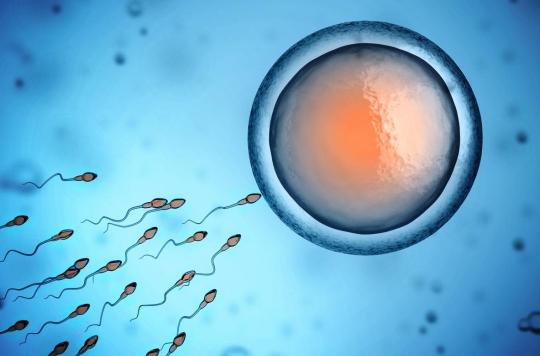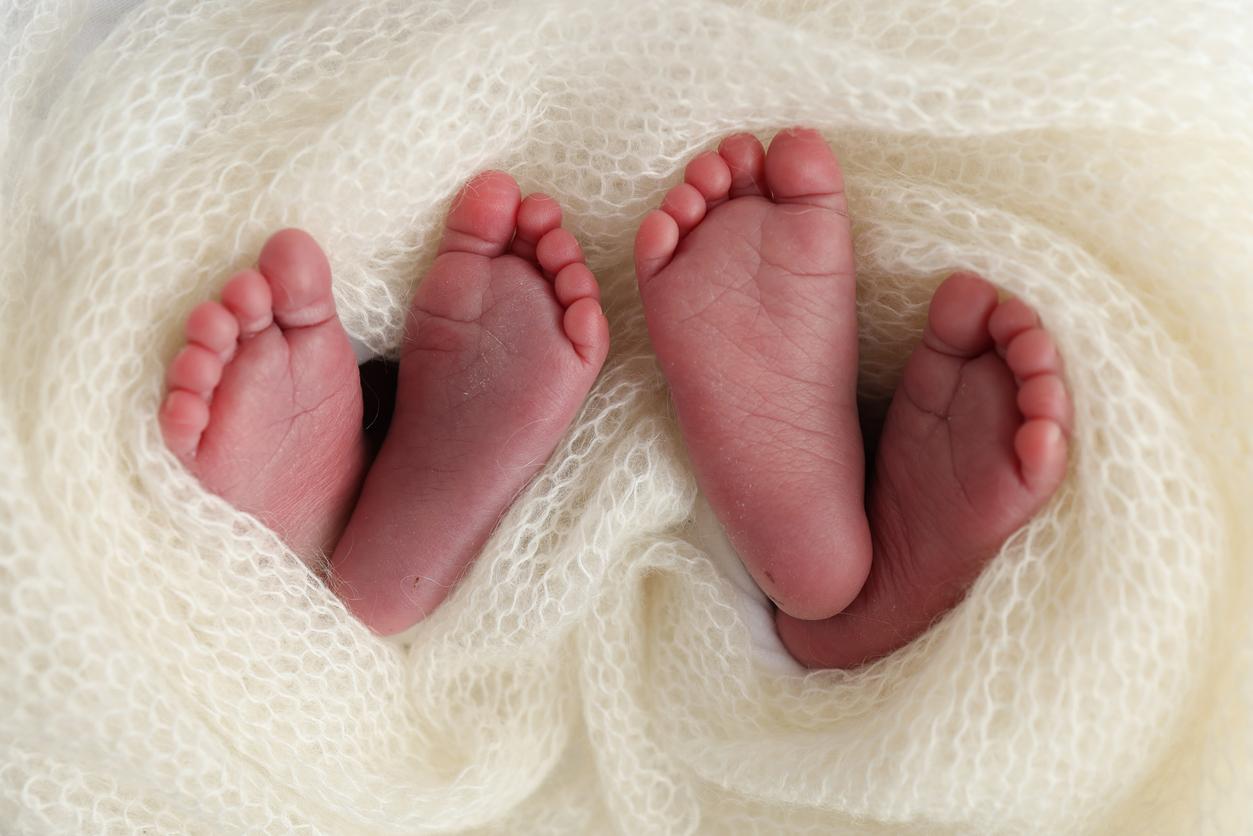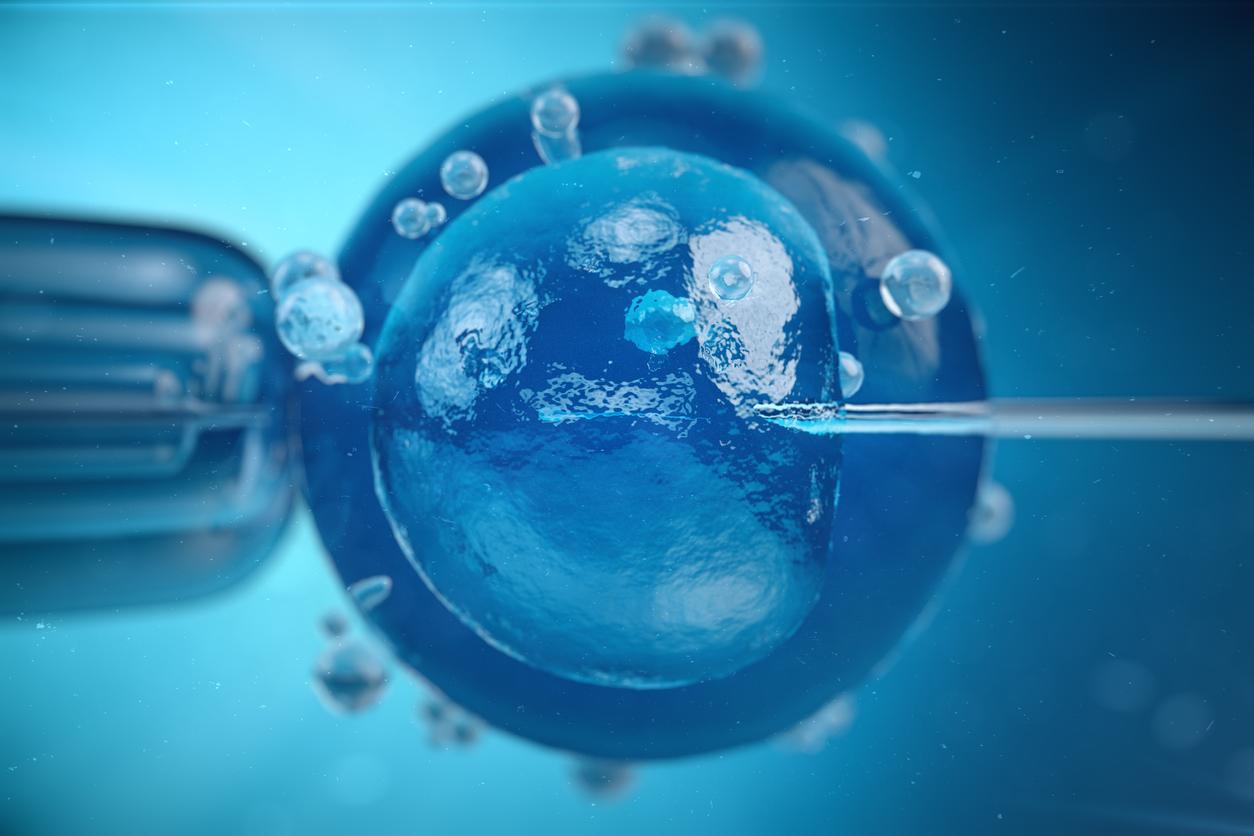Two twins have different fathers. This rare phenomenon, called “heteroparental superfertilization”, occurs when there is successive fertilization during the same menstrual cycle.

- Each year, more than 1.6 million sets of twins are born in the world, or almost one in 40 babies.
- In case of heteroparental superfertilization, the twins are fraternal twins.
I was surprised by the results, explains the mother of two twins who do not have the same father. I didn’t know this could happen. They are very similar”. The pregnancy of this young Brazilian woman went well, however, without any suspicion. She knew she was expecting twins, who were born without health problems.
Father of one twin
But, when the babies were eight months old, the mother wanted to give her husband a paternity test. Result: he was indeed the father, but of only one of the twins! “This can happen when two eggs from the same mother are fertilized by different men, says Túlio Franco, the doctor who followed the pregnancy of this young woman.Babies share the mother’s genetic material, but they grow up in different placentas”. Indeed, this young mother had, on the same day, sexual relations with two different men. A DNA test confirmed that the second was the father of the other twin.
Heteroparental superfertilization, a rare phenomenon!
This phenomenon is rare but not unknown to the medical profession. This is heteroparental superfertilization, which is defined by theNational Academy of Medicine like a “successive fertilization during the same menstrual cycle of two or more oocytes during coitus (sex) different”.
Sperm can live for up to five days while an egg can remain viable for 12 to 48 hours. Thus, if a woman has sex with at least two men over a short period of time, there is a risk of heteroparental superfertilization. For example, if a sperm from a five-day-old sexual relationship fertilizes a new egg and that same egg meets a new sperm within 48 hours.
According to one study published in 1993, heteroparental superfertilization may affect one in every 400 twin births in the United States. A rare phenomenon, but not exceptional.














